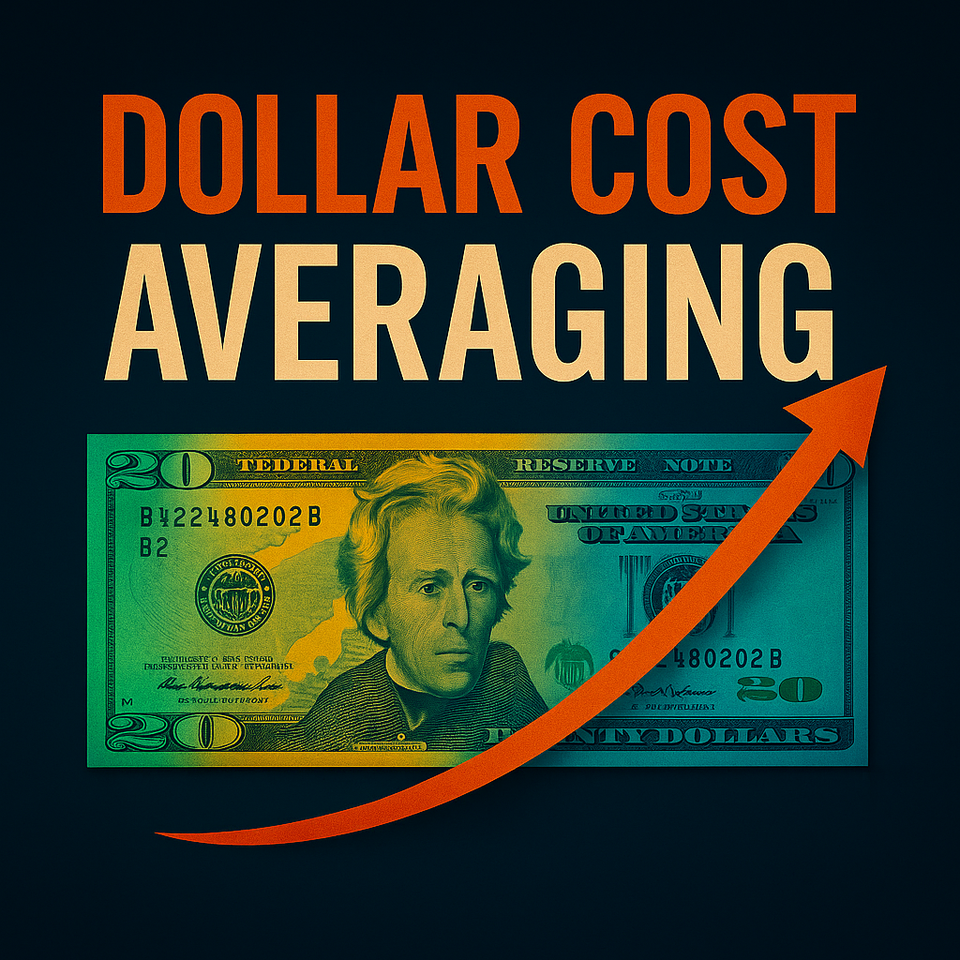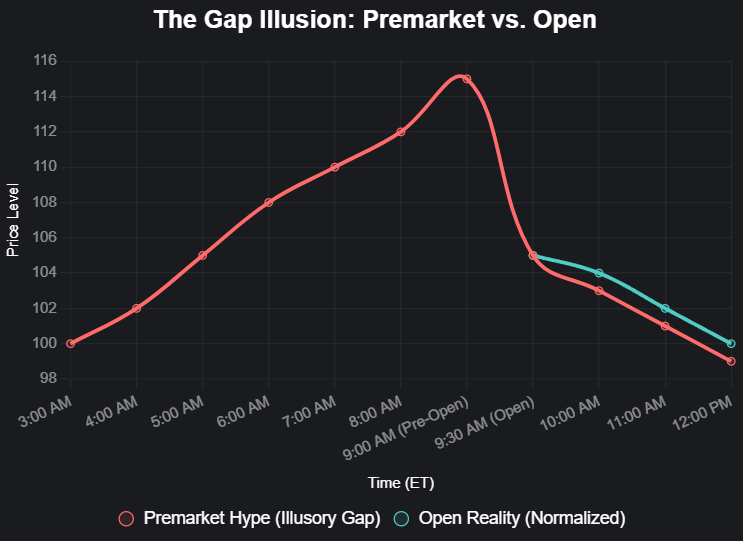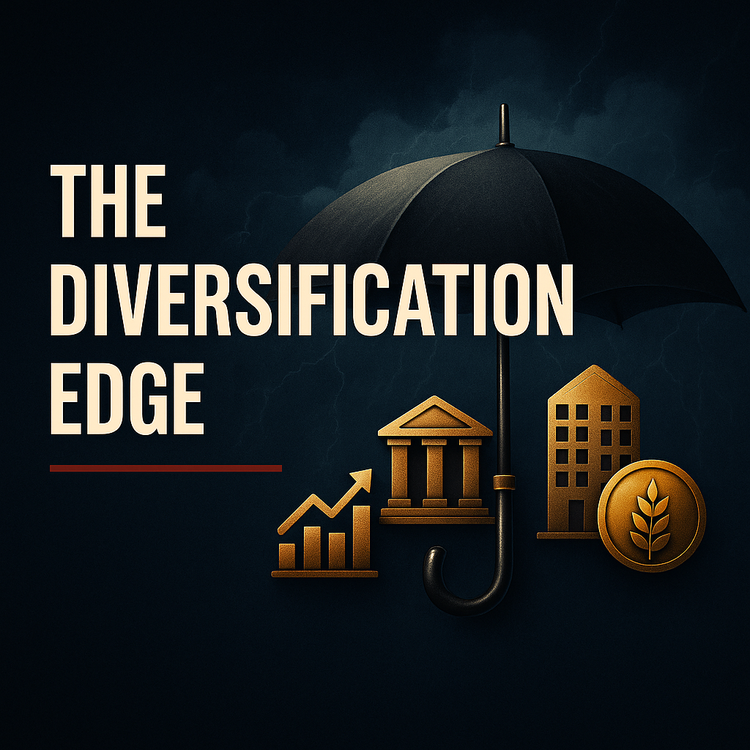What is Dollar Cost Averaging?

Most investors try (and fail) to time the market. They wait for the “dip” — miss it. They chase the rally — buy the top. Then they panic and sell low. It’s the oldest losing game in investing.
Dollar cost averaging — or DCA — kills that nonsense.
Here’s the play: instead of dumping all your money in at once, you invest the same amount on a set schedule. Weekly. Biweekly. Monthly. Rain or shine. Bull market or crash. Doesn’t matter. You buy through it all.
It’s investing on autopilot.
How It Works
Say you put $500 into your investment portfolio every month.
- In January, the market’s high — your $500 buys fewer shares.
- In February, the market drops — that same $500 scoops up more.
- In March, it bounces — you’re still buying.
Month after month, you’re stacking positions. Some buys are ugly, some are beautiful — but together, they smooth out into one average price. That’s the power of DCA: no single buy defines you.
Think of it like filling your freezer with steaks. Some weeks they’re on sale, some weeks they’re pricey. Doesn’t matter — you’re building a stockpile. By the end of the year, you’ve averaged out the cost.
Why Dollar Cost Averaging Works
- Kills timing stress. You stop obsessing over tops and bottoms.
- Smooths volatility. Sometimes you overpay, sometimes you bargain hunt — it balances.
- Builds discipline. Automatic investing turns “someday” into a system.
Most importantly? It keeps you in the market. And time in the market is what makes compounding work.
The Catch
DCA isn’t magic. If markets keep ripping higher, lump sum investing usually wins — because money invested earlier compounds longer.
But here’s the truth: most investors don’t act like robots. They hesitate. They flinch. They sit in cash “waiting for the dip” while the market climbs without them.
Dollar cost averaging solves that. It’s not about squeezing out every last percent. It’s about building a strategy you’ll actually stick with.
Why DCA Sticks (It’s Psychology, Not Math)
Markets are noisy. Headlines scream. Fear spikes. Most investors freeze.
DCA keeps you moving.
- You don’t paralyze yourself waiting for the “perfect” entry.
- You don’t dump all-in right before a crash.
- You don’t panic out because you’ve been easing in all along.
It flips investing from emotional swings into habit. And habits beat heroics every time.
DCA in Action: Crashes and Recoveries
- 2008 Crash: Lump sum investors who bought at the 2007 peak got crushed. DCA investors? They were buying all the way down — and scooping bargains at the March 2009 bottom. Those “scary” buys became legendary.
- COVID Crash 2020: Lump sum investors who went all in January 2020 watched their portfolios bleed. DCA investors? They kept buying through the plunge — and into the rocket recovery. Their average cost was beautiful by summer.
That’s DCA in the real world. It doesn’t promise perfect timing. It promises you’ll never be all-in at the worst possible time.
DCA vs Diversification
Quick note: DCA isn’t the same as diversification.
Diversification spreads your money across different types of assets — stocks, bonds, dividends, value, growth. DCA decides when and how you buy them.
Together, they’re a one-two punch: diversification reduces risk across assets, while DCA reduces risk across time.
The Bottom Line
Dollar cost averaging is boring. It’s mechanical. And it works.
It won’t always beat lump sums on paper. But in real life? For real investors? It beats the biggest enemy: your own emotions.
You don’t need to be perfect. You just need to be consistent. That’s what dollar cost averaging delivers — steady discipline, long-term growth, and freedom from the stress of timing.






Member discussion